
Gardens & Music
Mohammad2020-03-31T09:03:31+00:00Gardens
Most historical gardens in Iran have a mythological background. In fact, the English word “paradise” derives from Old Persian Pardis (“a royal garden”).
The traditional Iranian garden is usually divided into four quarters by the intersection of two principal avenues. Noteworthy examples of this type are Hasht Behesht, Chehel Sotun in Esfahan, planted during the Safavid period, and Fin Garden in Kashan.
The finest of the Safavid gardens was Hezar jarib, situated at the end of Chahar Bagh Avenue on the south bank of the Zayandeh-Rud; nothing of it, however, remains. There are few true Iranian gardens in Esfahan today, but every traditional house has its own miniature enclosure that usually includes some shade and a small pool around which people gather when the weather permits.
To Europeans, a Persian garden may at first seem disappointing. To best appreciate it, it is perhaps necessary to contrast it with the howling desert that is usually located outside the garden’s walls.
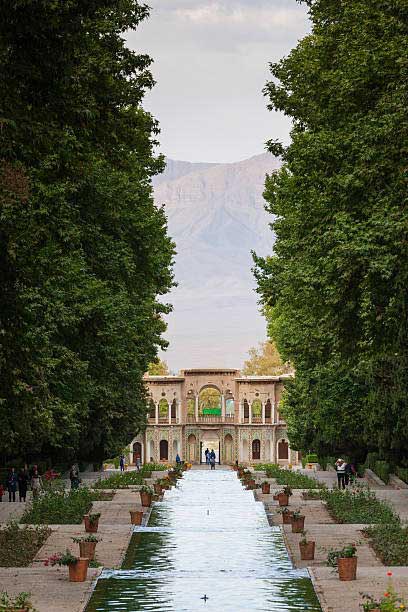
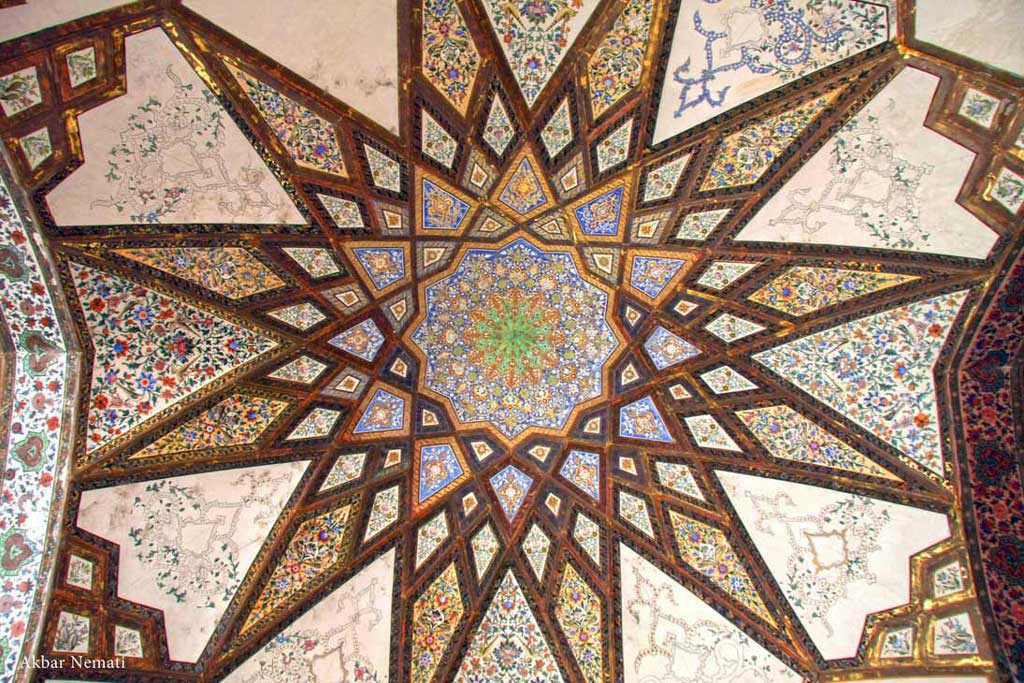
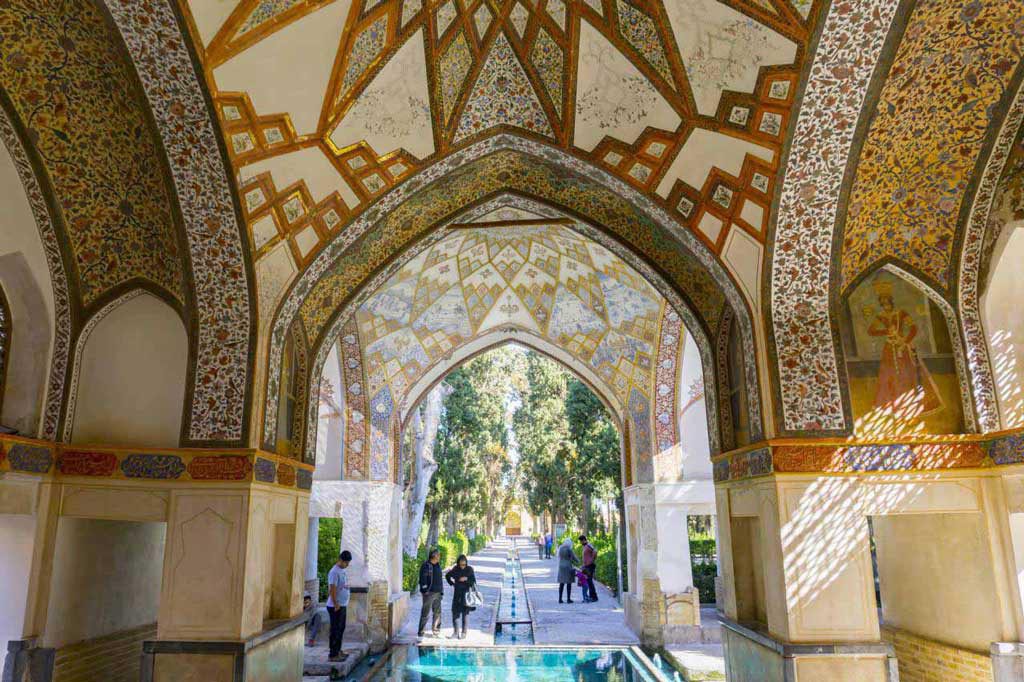

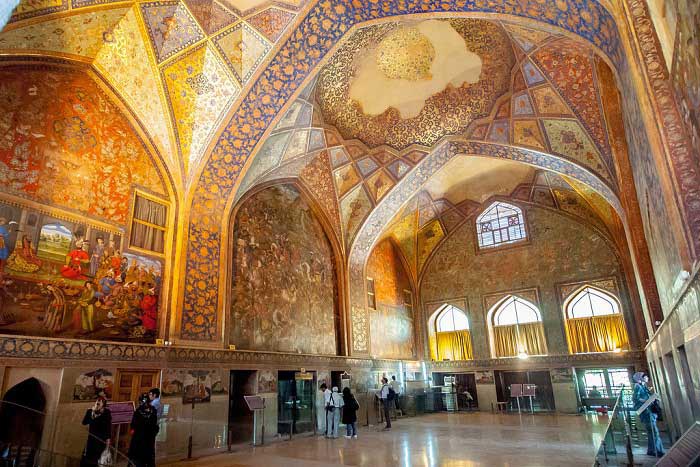
Music
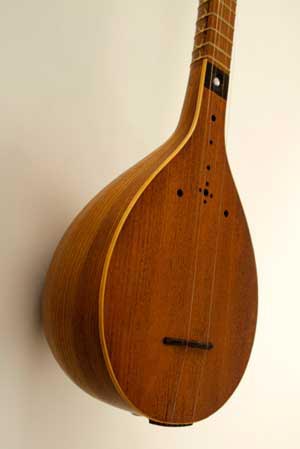

Iranian instruments are generally brighter and crisper in tone than many of those used in neighboring cultures. However, a Western listener must set aside all his ideas of the art, because to an ear trained to the octave, Iranian music may at first sound discordant.
The most popular instruments are nay (a vertical reed flute), tar (a fretted lute with six strings and a double-bellied sound box), Setar (a four-stringed, wooden lute), Santur (a type of hammered dulcimer), and Tombak (a vase-shaped drum open on the bottom and covered with a tightly stretched sheepskin membrane across its larger, upper part). Classical poetry is an integral part of the performance of traditional music, particularly the Ghazals of Hafez and Saadi, as well as the Mathnavi of Rumi.
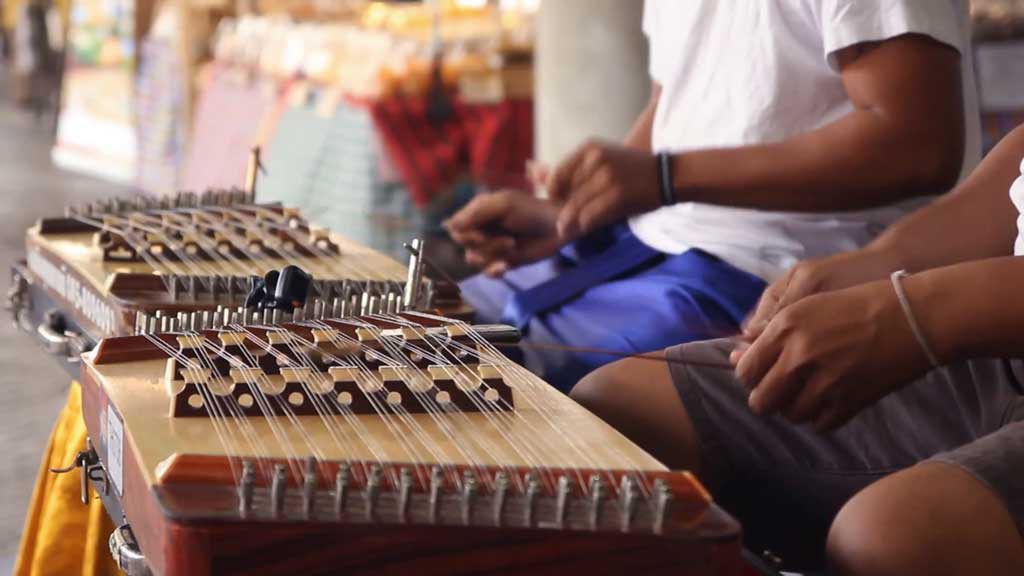


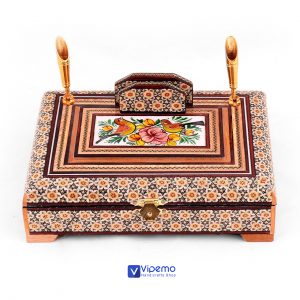
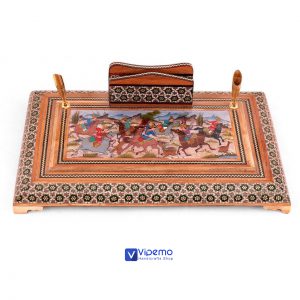
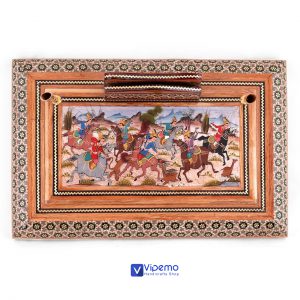
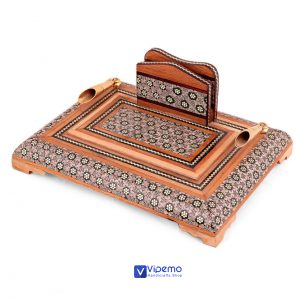
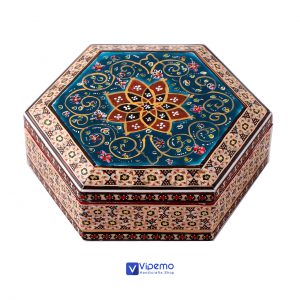
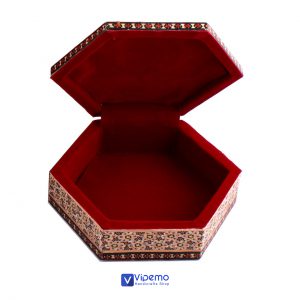
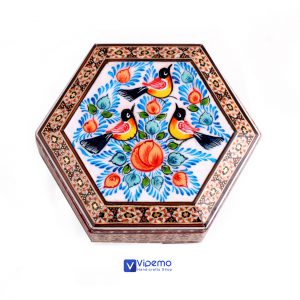
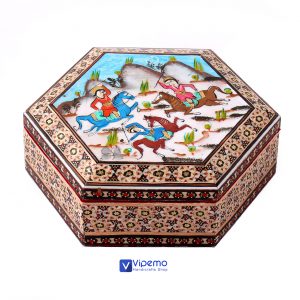
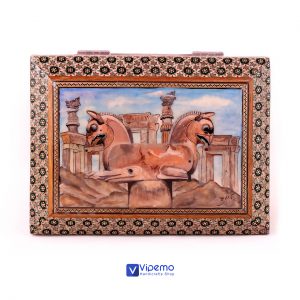
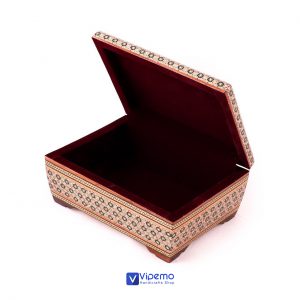
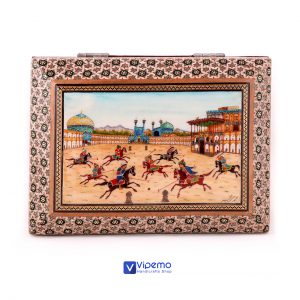
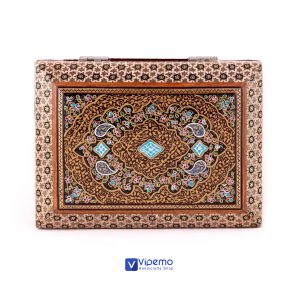
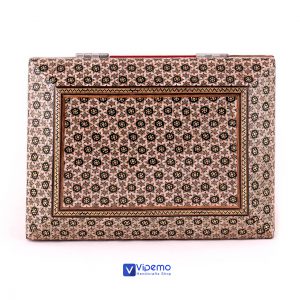
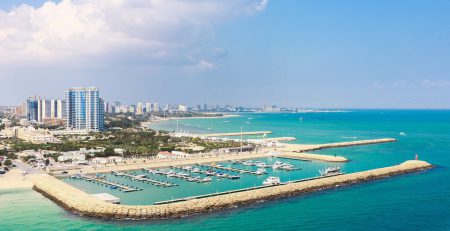
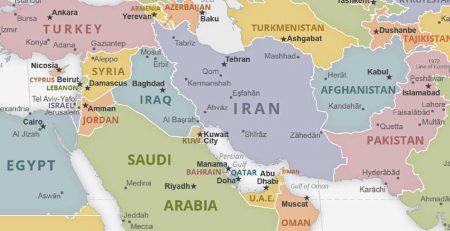
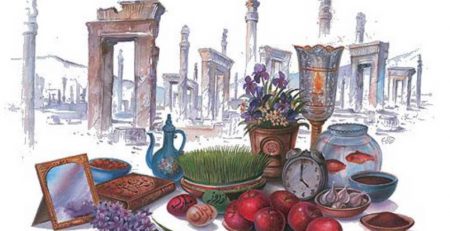
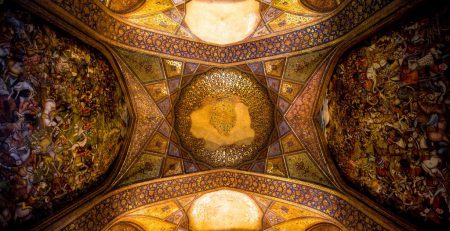
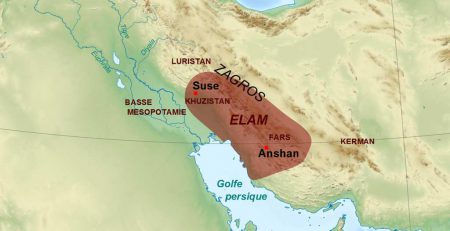
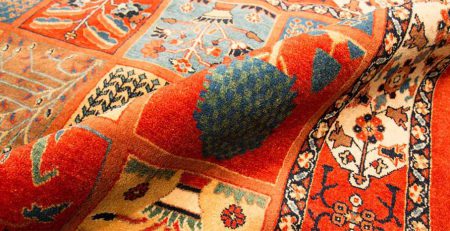
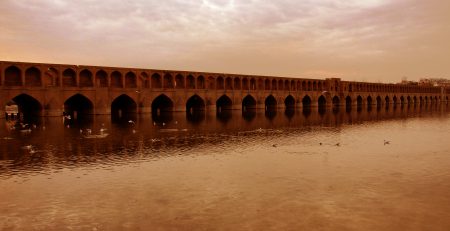
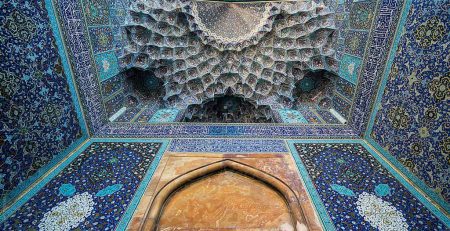
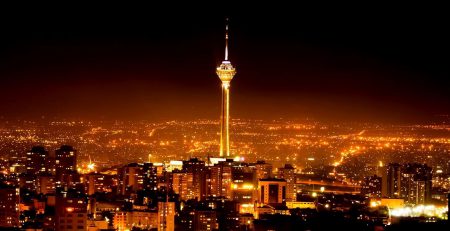

Leave a Reply